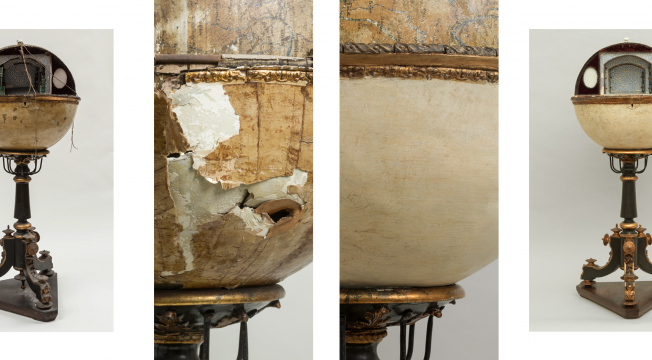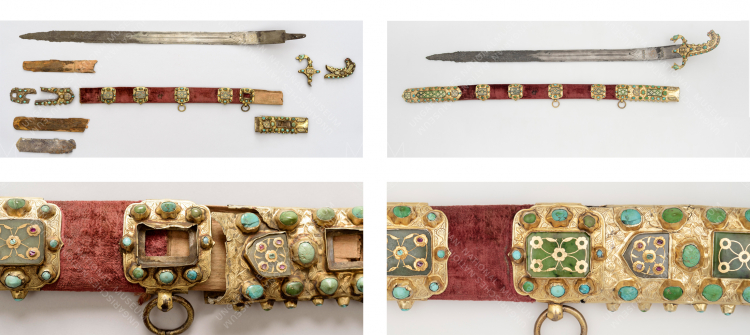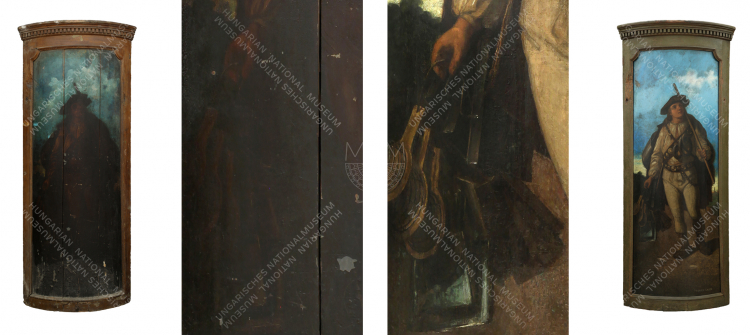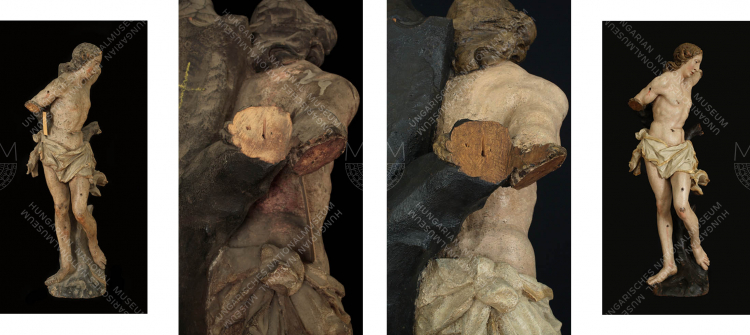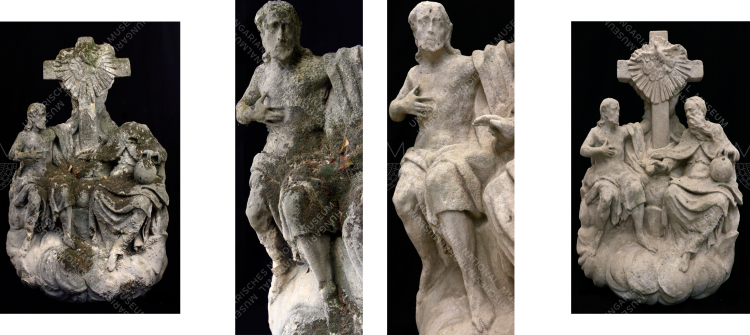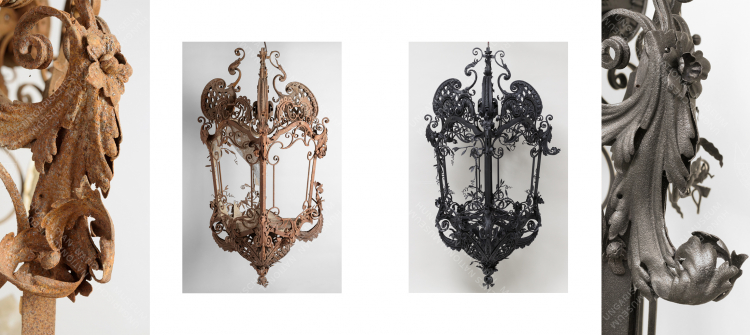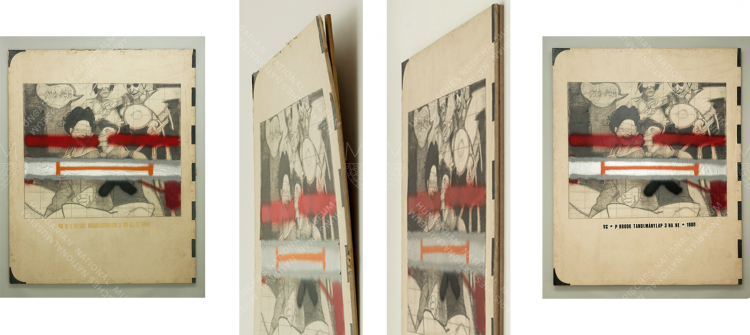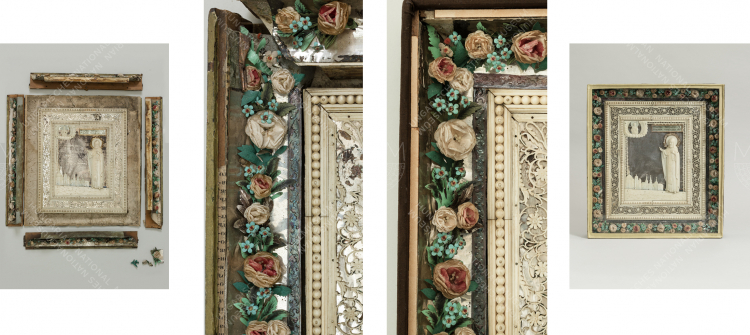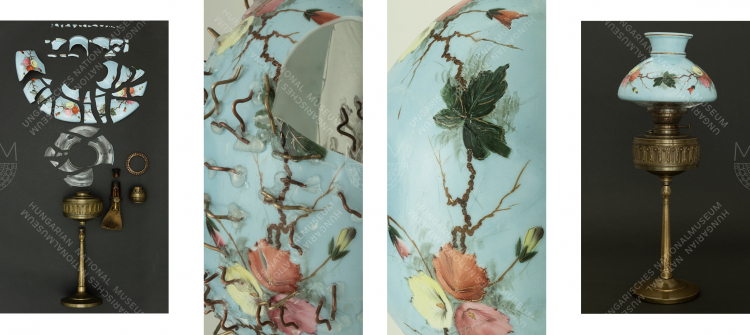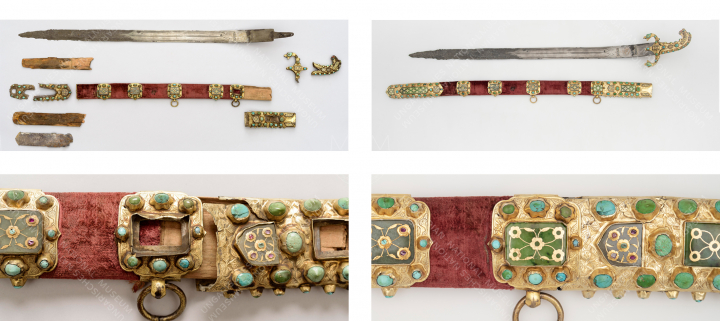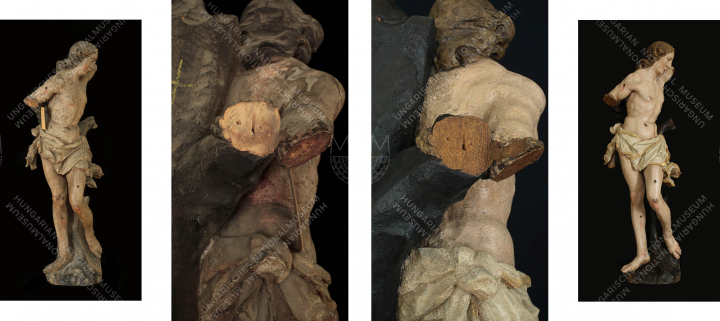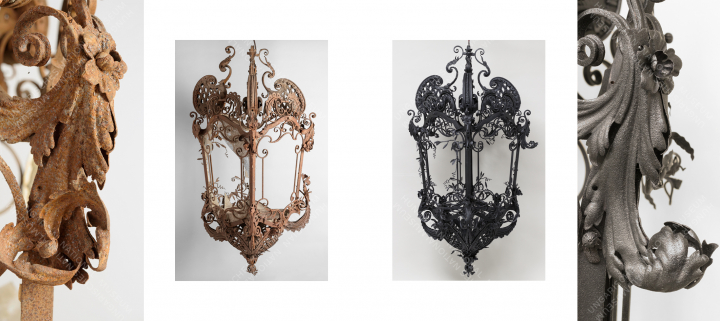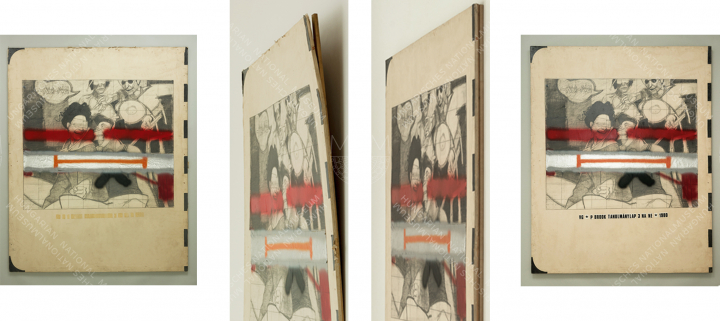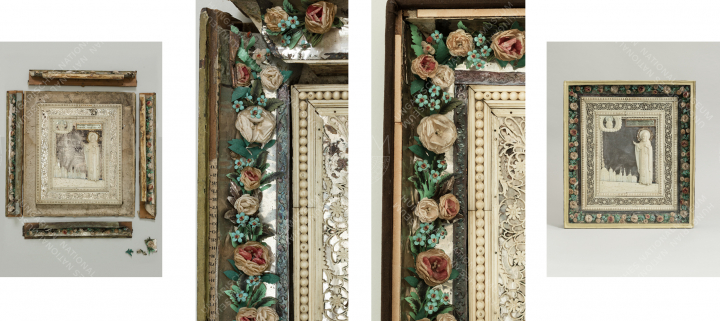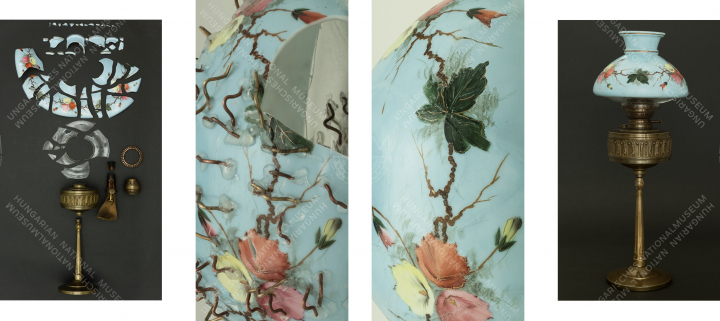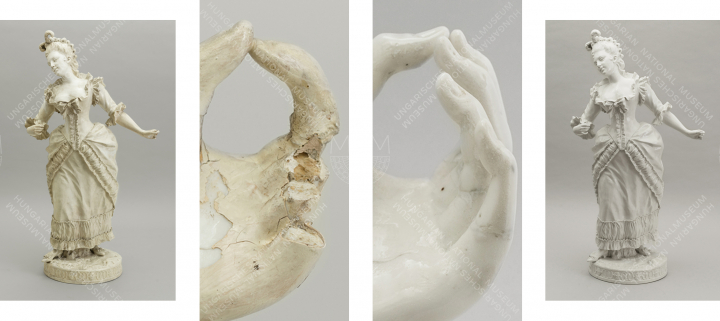
Preserved Art Treasures 2019
The main message of the exhibition featuring the graduation works of the students of the Hungarian University of Fine Arts is the same from year to year. However, due to the the nature of the training the conservators-restorers get, the exhibited items can be very different from each other. The title of this year's exhibition refers to this diversity of materials. And the list can be continued: glass, porcelain, silver, limestone, celluloid, paper pulp, steel, tempera, bone, acrylic paint, coral, silk velvet, wrought iron, fiberboard, walrus tusk and various gemstones… they all can be discovered in our exhibition.
This year's exhibition of Preserved Art Treasures, a series launched in 2001, also features pieces of art such as the large-scale frescoes of the Museum of Fine Arts, dating back to 1500, or the broadsword decorated with precious stones belonging to the Esterházy Treasure Chamber, currently handled by the Museum of Applied Arts in Budapest. For a conservator-restorer, it is just as interesting to rescue a globe-shaped table made by a bookbinder, a contemporary graphic, an inexorably dark figure on a painted signboard as a wrought iron lamp structure made of 129 elements.
In the intimate closeness of such pieces of art, it becomes important to discover the details: why does a celluloid-covered paper blossom appear on a 19th-century icon carved from bone? Or to explore how an educational demonstration tool was made in the 1950s by applying plaster and paper mache layers. To conclude, which artwork material and when could contribute to a damage in the object, or to assess whether there is hidden primer layer under a repaint, that can be sacrificed in order to preserve both images (first and repaint) for posterity. It is just as difficult to plan how to complete the missing parts of a double-layer glass, as to decide what to keep from previous unprofessional interventions.
Upon entering the Pulszky Hall of the National Museum, the mystery of a special profession unfolds for those interested in it. It is a tradition by now that captions describing the entire process of the restoration are placed alongside the exhibited objects explaining the complexity of conservator’s tasks to the visitors throughout the exhibition. This way the historical research, the scientific background of material and manufacturing studies, the outstanding important of decision-making, ethical dilemmas and the interventions in the course of work processes can also be revealed. In addition, restorers nowadays can take advantage of a variety of opportunities for knowledge transfer. Therefore a short film as part of the exhibition also highlights some of the more interesting moments of the work process. Digital reconstructions can also help to interpret artworks that have remained fragmented such as a few discoloured Haban stove tiles, or a Holy Trinity limestone sculpture.
Curator of the exhibition: Anna Zsámbéki
conservator of wood and furniture, head of department of the Hungarian National Museum, National Centre for Conservation and Conservation Training
The exhibition will be open until September 1, 2019 in the Pulszky Hall of the Hungarian National Museum.









